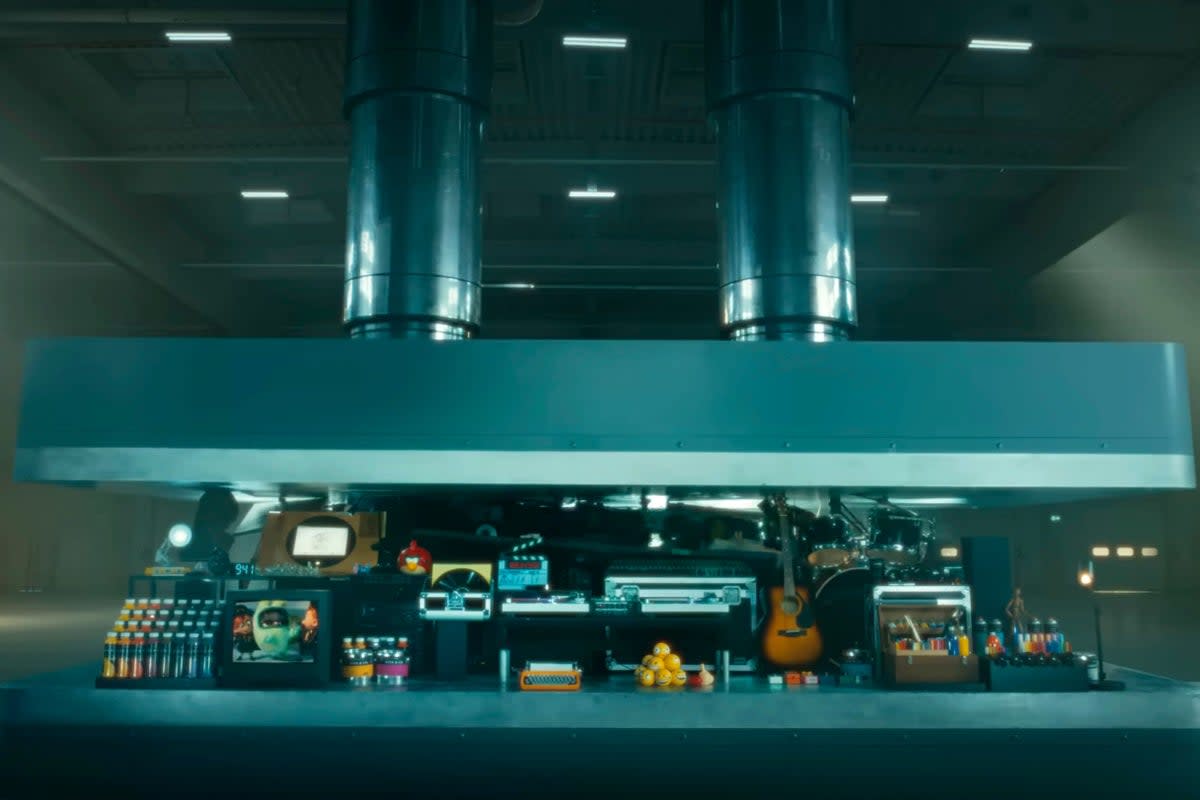Apple apologises for iPad ‘Crush’ ad - Tech & Science Daily podcast

Apple has faced backlash for its latest advert for the new ultra-thin iPad Pro.
The commercial shows a giant hydraulic crusher destroying things like a piano, cameras, tins of paint and televisions, before revealing the 5.1mm-thick iPad Pro.
The ad is designed to represent all of the things the device can do, but celebrities including Hugh Grant and Handmaid’s Tale director Reed Morano have criticised the commercial.
Grant called it a “destruction of human experience,” and in a post on X, Morano told Apple CEO Tim Cook to “read the room”.
In a statement, Apple’s vice president of advertising apologised and said it ‘missed the mark’.
Neuralink, Elon Musk’s brain chip company, has revealed it’s having some technical issues with its first human implant.
Earlier this year, paralysed Neuralink patient Noland Arbaugh showed he can use the implant to play games like chess on PC and Mario Kart on Nintendo Switch.
However, in a blog post the company said parts of the implant have disconnected from the brain’s surface.
The post said “In the weeks following the surgery, a number of threads retracted from the brain, resulting in a net decrease in the number of effective electrodes,”
Due to having fewer attached electrodes, the Neuralink N1 chip had to be recalibrated to work off fewer data points.
A new tool which flags AI-generated content from other platforms is coming to TikTok.
The app already labels content created using its own AI effects but now the social platform’s using tech developed by the Coalition for Content Provenance and Authenticity, which can tell if content uploaded from other platforms is AI-generated.
It attaches a so-called “digital nutrition label” to content, telling people it is AI-generated, and how and when it was made.
Engineers at Stanford University in the US say they’ve produced a ‘leap forward’ for augmented reality.
By combining the latest display technologies, holographic imaging, and AI, they’ve developed a prototype AR headset that uses holographic imaging to show full-colour, 3D moving images on the lenses of what look like an ordinary pair of glasses.
They say, unlike the bulky headsets you see today, their glasses deliver “a visually satisfying 3D viewing experience” in a compact, comfortable, and attractive form factor.
Also in this episode:
Tailored psychotherapy could improve the lives of patients with MND
Running under a four-minute mile could be the key to a long and healthy life
Battery fires from discarded electronics on the rise
Revealed: When will new The Lord of the Rings movie be in cinemas?
Listen above, find us on Apple, Spotify or wherever you stream your podcasts.

 Yahoo News
Yahoo News 
